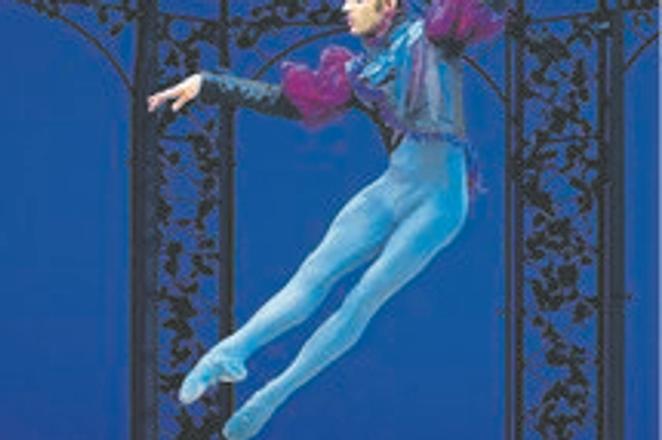THE STORY of Sleeping Beauty has been an inspiration ever since this fairy tale was written by Charles Pérrault of France. But the most-staged version is the romantic ballet choreographed by Marius Petipa to the music of Tchaikovsky. This version has almost always been staged at the Slovak National Theatre and the current staging is its fifth, but with a new adaptation presented by renowned ballet dancer and choreographer Vladimir Malakhov.
Sleeping Beauty ballet was first presented after the head of the Imperial Theatre in Russia, Ivan Vsevolozhsky, asked Tchaikovsky to compose music for the ballet and the maitre de ballet in the Mariinsky Theatre in St Peterburg, with choreography by Marius Petipa. Vsevolozhsky’s idea was to include in the last act quadrilles of all of Perrault’s fairytales: Puss in Boots, Tom Thumb, Cinderella, Bluebird and others. Petipa gave Tchaikovsky a long list of requirements and the composer had – as he wrote in his diary – only 40 days to finish a piece that has since become one of the cornerstones of classical ballet, according to the brochure accompanying the SND’s newest adaptation of the story.
Malakhov, called “the dancer of the century” by some experts, has also staged Sleeping Beauty at the State Ballet in Berlin but Andrej Suchanov, the head of the SND ballet, said the Bratislava staging is different and unique. Malakhov stated that he is not the type of choreographer who would change classical pieces too much or create his own perceptions; rather he took the original Petipa choreography and cut it from four-and-a-half hours to two-and-a-half so that it was more palatable for modern audiences and contemporary ballet dancers and so both parties could enjoy themselves and not be totally exhausted.
In the premiere on May 25 and two additional performances (May 26 and 29) Malakhov also danced the focal character of the fairy Carabosse, who unintentionally was not invited to the celebration of Princess Aurora’s birth, letting loose jealousy, anger and frustration and leading the fairy to put a spell on the princess. When the princess turns 16, she pricks herself with a needle, falls asleep and can only be brought to life again by Prince Désiré and his kiss.
In the premiere, Princess Aurora was danced by Iana Salenko-Walter, a soloist in the Berlin Ballet and later by Ludmila Konovalova, Barbora Kubatova, Romina Kolodziej and others. In subsequent performances the fascinating – and demanding – role of the Carabosse fairy, who incorporates evil in the story and who fights for power and influence against the good fairy, the Lilac fairy (danced by Silvia Najdená, Viola Mariner, Chelsea Andrejic and others), was presented by Andrej Suchanov and Peter Dedinský.
In addition to the compelling plot and the music that involves the listener, Sleeping Beauty’s vivid and interesting roles, with the fairytale characters catching audiences’ attention, especially younger viewers, also demonstrate some of the most demanding dance patterns in ballet.
The costumes and setting used by the SND, in pastel shades, were dream-like and sophisticated for both adults and children and were the work of Russian freelance artist Valery Kungurov.
Sleeping Beauty will be performed again on June 21 and then, after the summer holidays, the SND will offer it more frequently, sometimes as a matinee for children.



 Bluebird (source: A. Faraonov)
Bluebird (source: A. Faraonov)